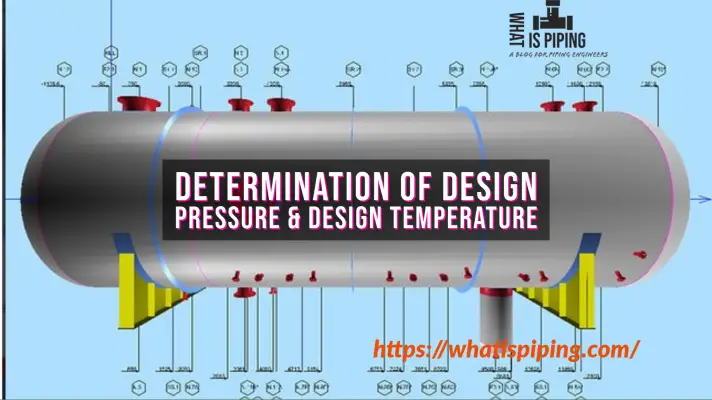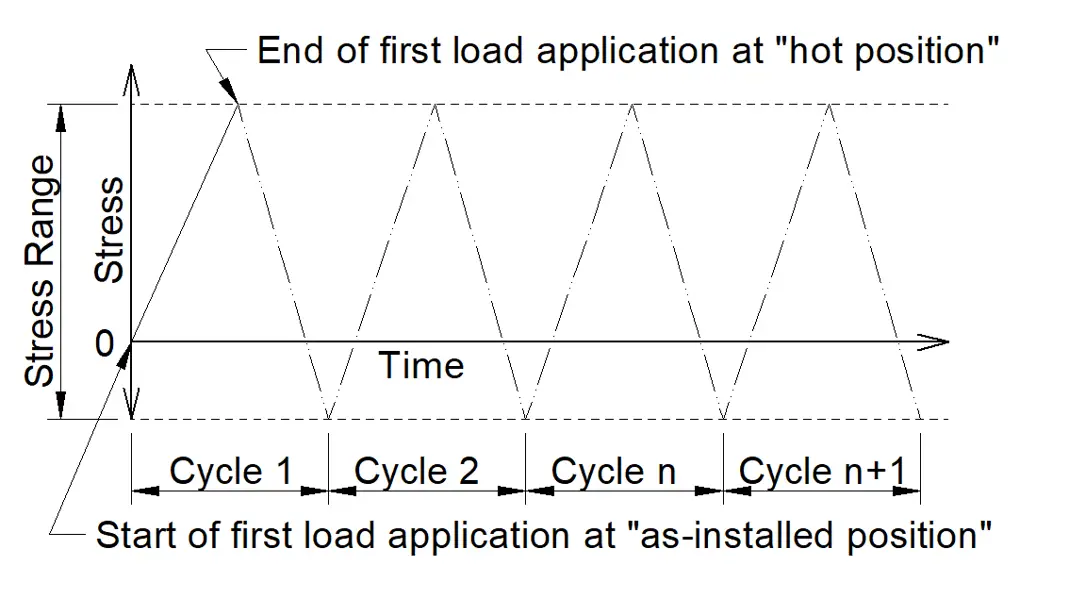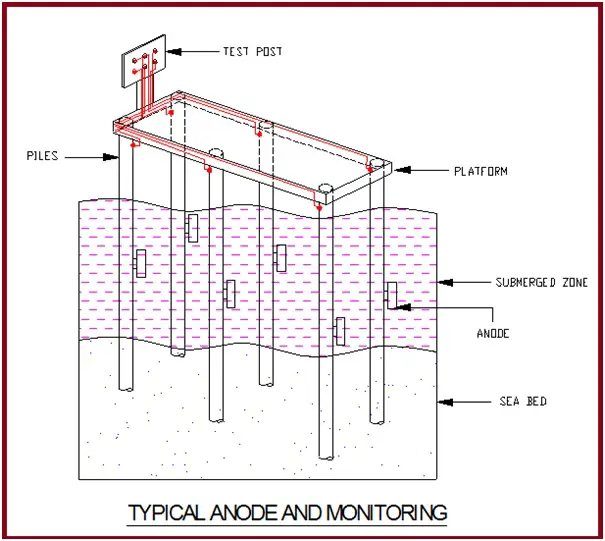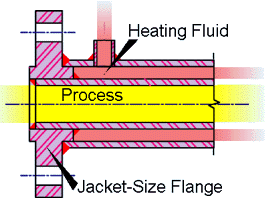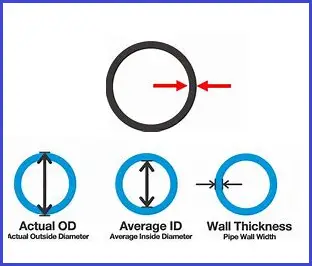Managing expensive and labor- ferocious operations to smart software sounds like an easy task, but for EPC companies with extremely complex megaprojects, any functional changes bring time, plutocrats, and trouble to reciprocate. As a result, the EPC sector is hesitant to go through digital metamorphosis. But these days, there’s new instigation behind engineering software enterprise. In fact, the previous year, 76 engineering and construction directors in a Deloitte postelection poll invested in digital tech time. So, what’s driving the new commitment to technology?
COVID-19 Accelerated Digital Transformation
For numerous EPC enterprises, the pandemic twisted their hands. Companies had to deal with a remote workforce, and they demanded increased safety considerations for onsite jobs. The fresh hurdles extended design timelines by over 300%.
The application of digital tools that sped up processes while maintaining safety and quality, is a necessity if enterprises wanted to stay in business. A remote pool needed the relinquishment of collaboration, cloud, and cybersecurity operations. Limited labor forced associations to do more with fewer people, which resulted in the implementation of labor-saving technology to make the utmost of experts ’ time.
For numerous companies, the experience of planting results as a response to COVID- 19 motivated plans for continuing the digital metamorphosis. Numerous companies extended their cooperative and labor-saving tech to further design phases. They started taking advantage of artificial intelligence(AI), machine learning (ML), and smart security.
Some companies are also starting to profit from further sophisticated labor-saviors, for example; independent vehicles to handle figure tasks and cover the design point, 3D printing for the custom corridors, and natural language processing(NLP) to parse vast quantities of paperwork and create reports.
EPC Market Shifts Introduce Challenge and Opportunity
Along with the hurdles the pandemic brought, EPC enterprises are scuffling with other market problems that started well before COVID-19 and continue to grow. To elaborate, in the energy sector, there are more systems for sustainable sources similar to wind and solar. Along the same lines, in the U.S., any major construction design must comply with environmental, social, and governance( ESG) programs. The sector players are changing as well. Non-traditional construction enterprises, backed by ultramodern backing have entered the game, especially in new energy sectors like solar.
To meet these challenges EPC enterprises are looking for collaborators, who can give the demanded expertise. Hydrocarbon Processing magazine predicts, “ In 2030, possessors and contractors will have evolved their approach to constricting toward fostering more open and cooperative connections, with better alignment across parties toward a greater outcome for the project overall, not just individual players. ”
But partnerships bring their own difficulties. As the size of the project platoon increases, it’s harder to manage communication and workflow, raising the threat of cost and schedule overruns. Plus, more players induce further documents, plans, and designs that need to be reused, stored, penetrated, and participated in by the right people at the right time.
EPC companies who successfully handle the present issues will manage not only hurdles but openings for digital transformation that manage a large meta eco-system while delivering improved effectiveness and lesser pungency. With the proliferation of documents, plans, designs, and design data, enterprises are enforcing engineering software to centrally manage and dissect data and documents from distant sources. And virtual models using the structure information operation frame will help engineers across the platoon and the world coordinates the designs, plans, and status for complex shapes.
Companies are also applying technology that enables slender, brisk design completion. For instance, the technical bi-tabulation process(TBE) has long needed engineers to organize and assess dozens of supplier quotes in a labor-ferocious, time-enervating process. However, applications with NLP can read reams of documents, classify the details and induce reports so engineers can concentrate on analysis. Technology similar to NLP not only saves time and plutocrat but improves the TBE results, helping engineers find the optimal supplier selection.
In the quest for time savings and threat mitigation processes, EPC providers will focus on AI-driven workflow to coordinate and manage all the processes, dwindling the liability of expensive miscommunications. And as digital data piles up, data analytics powered by machine learning will turn one experience into a companion for uninterrupted advancements.
Digital Success Encourages Further Digital Transformation
Once EPC brigades dip their toes into the digital waters, the success of original systems will propel them indeed further. According to Deloitte,
“Benefits [of engineering software] are expected to include as much as a potential 10% to 30% reduction in engineering hours, up to 10% reduction in build costs, and up to 20% reduction in operating costs, improving overall margins for E&C firms throughout the entire project life cycle.”
As more companies realize these benefits, they’ll snappily move to extend them, which increases pressure on the sector in general. Players who want to stay in the game will have to get digital.
In fact, technology relinquishment may be the crucial factor separating winners from also-rans in the forthcoming EPC world. Those who get a jump start on the overall digital transformation will realize a first-mover advantage. Numerous clients in fact view digital-centric EPC companies as more dependable and less parlous than others.
Companies that’ve digitized the utmost of their processes and formalized data storehouse will be in a better place, to take advantage of data collection and analysis across the enterprise. Observers on the job point will feed into AI-driven schedule optimizers who insure the outside effective use of workers and outfits. 3D definitions will help contrivers from remote locales unite ahead and during the figure. AI systems will identify safety pitfalls, and augmented reality (AR) will help offsite experts consult with onsite masterminds about problems or repairs.

